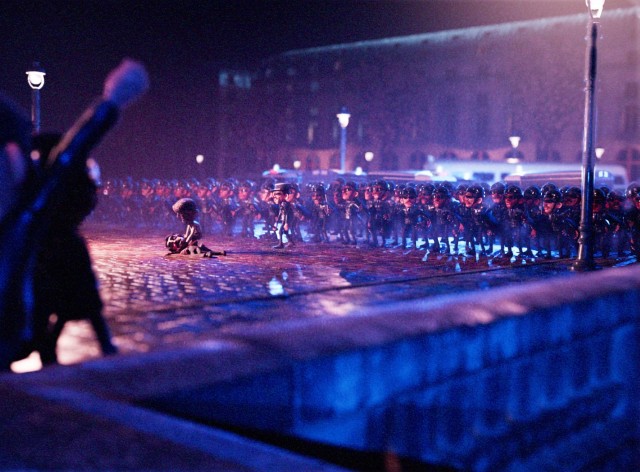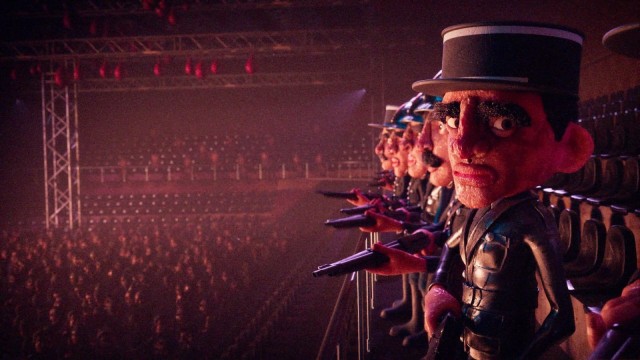When it comes to student filmmaking, we’ve seen a wealth of exciting talent emerge from the various educational establishments around the world. However, one of the limitations we often encounter in the work of these developing filmmakers is in the depth of their storytelling, as often they just don’t have the life experience which result in more complex, layered narratives. For the talent behind Pole3D short film Les Larmes de la Seine they navigated this problem expertly, by cleverly building their storyline around a historic event – the Paris massacre of 1961
Following a group of protesters as they take to the streets armed with a film camera, the short captures the atrocities of the massacre, details of which were denied and hidden for almost 40-years. With one of the film’s co-directors, Yanis Belaid, the descendant of Algerian and Polish immigrants who settled in France, he may not have experienced the events first-hand, but they are part of his heritage and the lack of knowledge around this brutal act was a major motivator in bringing the story to screen.

“This event is a part of me since my family, including my grandfather Mohammed Belaid, talked a lot about the Algerian war”, Belaid reveals in interview on 3dvf.com. Adding that when he pitched the idea of portraying this heinous episode in their short, he was surprised that “most of the team had never head of this event, even if it only took place 60 years ago”. This lack of information surrounding such an important historic incident proved inspiration for the group, with Belaid claiming they “had to make this piece of history known to the vast number of people who aren’t even aware of what happened”.
With the nine-minute short largely presented through the camera lens of Kamel, the protester documenting the event, this specific point-of-view gives the film an intimate and immersive perspective, placing its viewers at the centre of the demonstration. It’s a clever move, as authenticity was key in the creation of the film, with the directors aiming to “stay as close as possible to the real events”, and the feel of the handheld camera is an important reminder that the incidents on screen actually happened.

With accuracy a major aim of the storytelling, the short’s aesthetic may come as somewhat of a surprise, especially the character design, where a “puppet” look was chosen. Initially, this production choice may appear misjudged, but although computer generated, there’s a tangible stop-motion quality to the characters which does tie-in to the feel of experiencing something from real-life, when watching Les Larmes de la Seine.
Combine this with that aforementioned handheld camera perspective and the detailed background work and it’s surprisingly immersive, wrapping you in the scenarios and their outcomes. It truly is a powerful watch, containing the maturity and balance you don’t usually expect to find in a student film. Having played a number of a-list festivals, including Clermont-Ferrand, Palm Springs ShortFest and SXSW, the hard work of Les Larmes de la Seine’s creators was rewarded with students awards from the Academy and BAFTA.
More important than awards though, this team of young animators managed to spread this important story to thousands of people who may have never heard of the Paris massacre of 1961 if it wasn’t for this film. Proving once again that short film has an important role in the industry, beyond simple entertainment.

 Rob Munday
Rob Munday